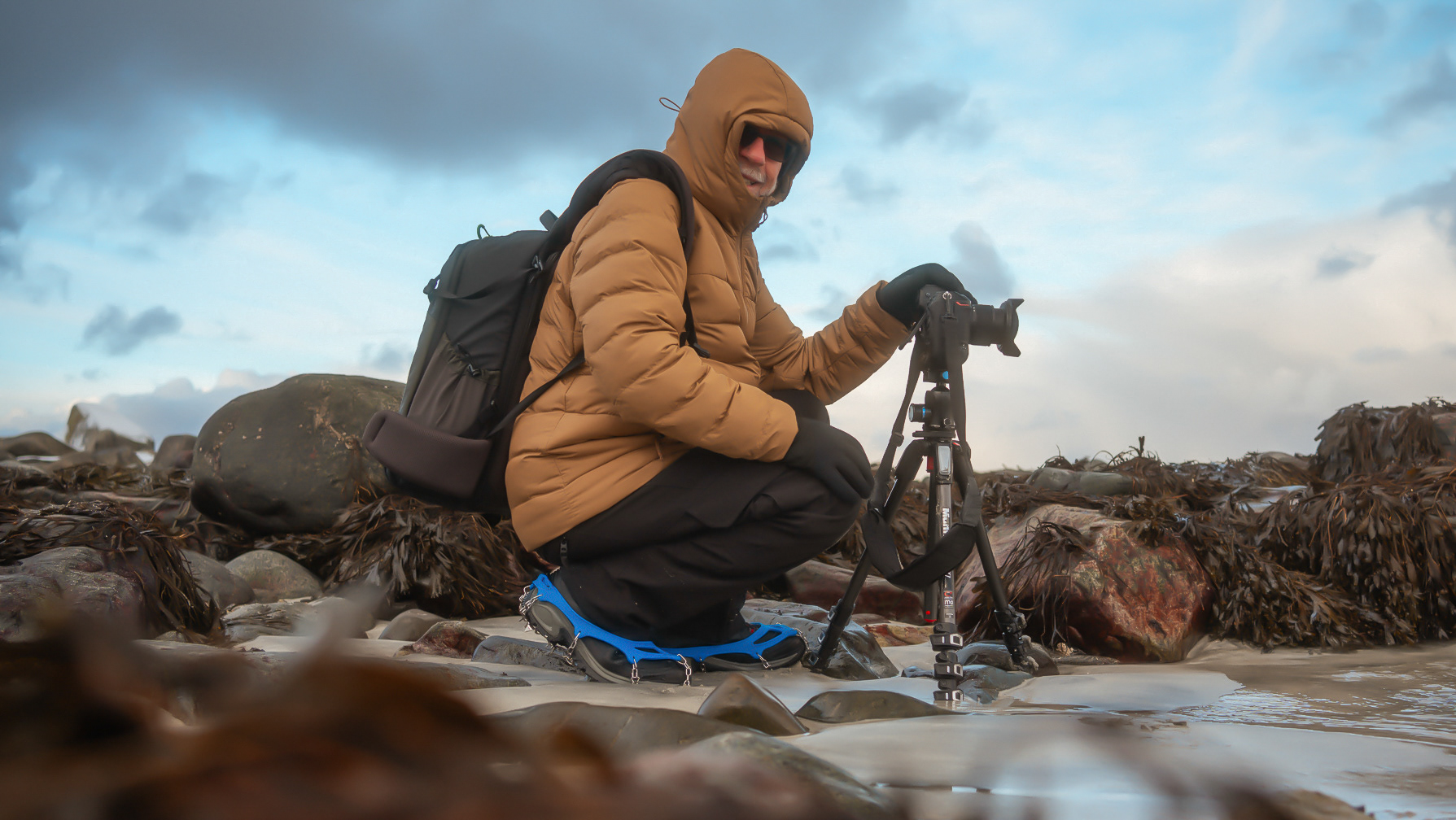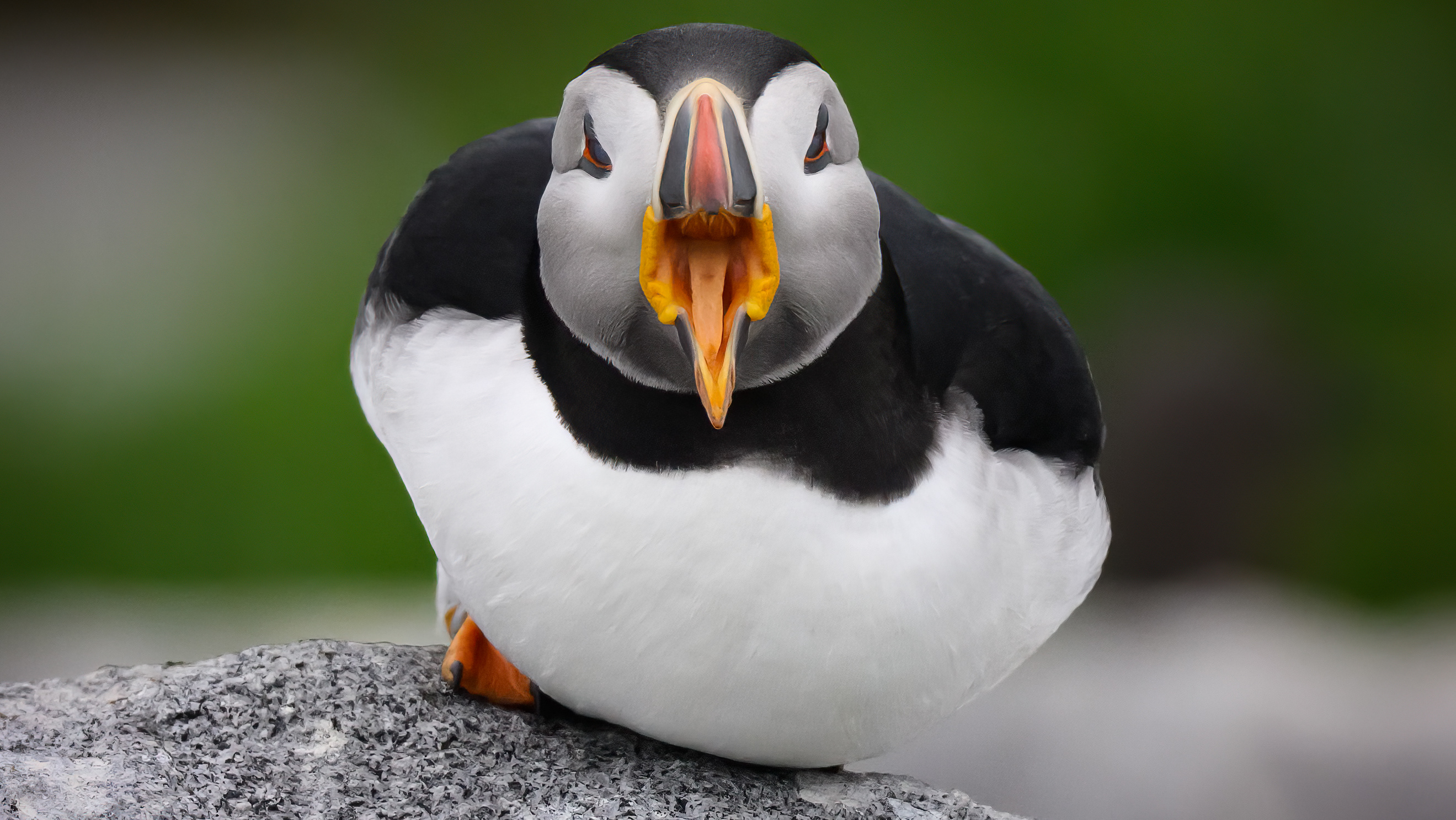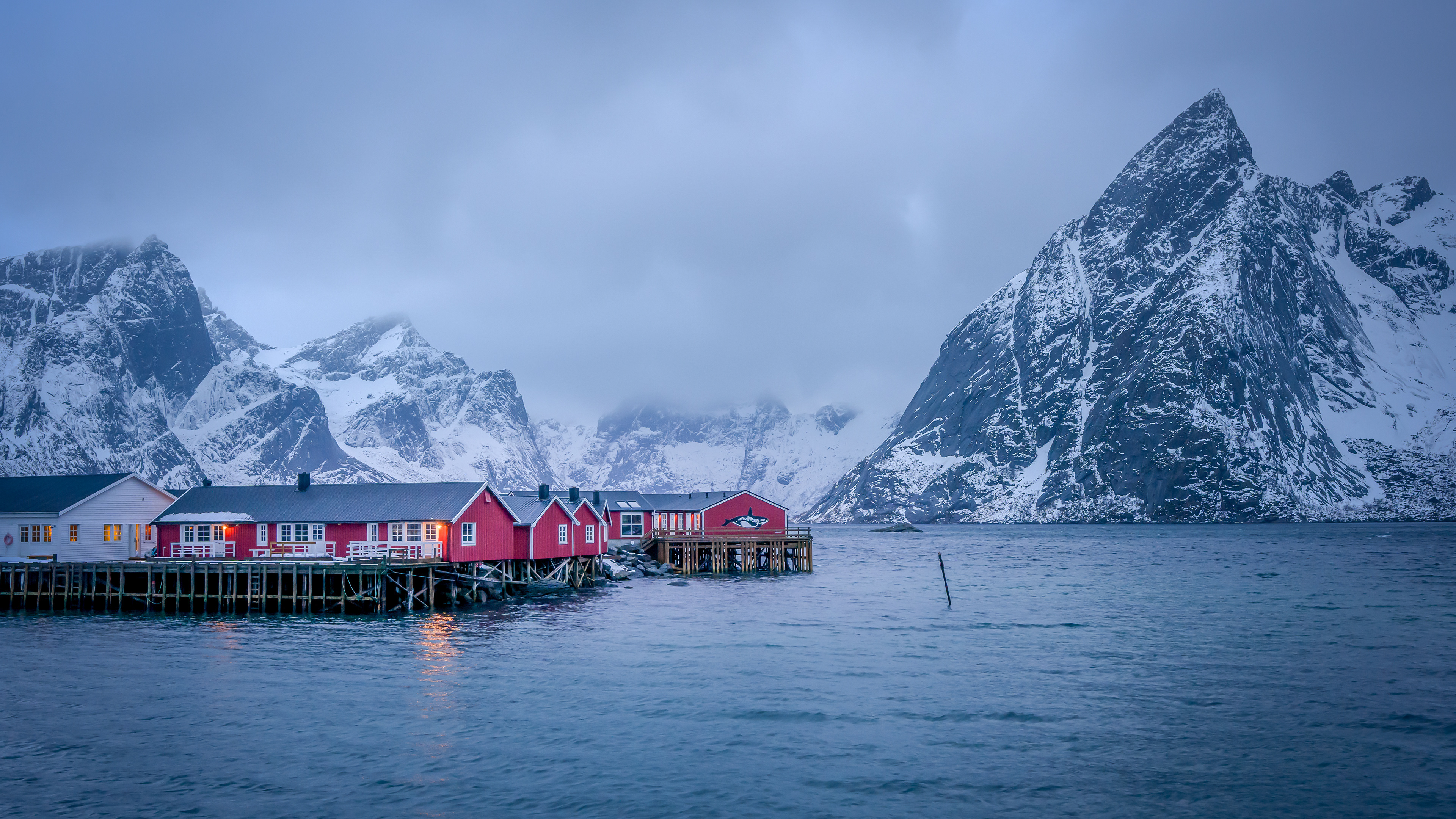Download the Bombay Hook National Wildlife Refuge Auto Tour map
Summer sunrise over the salt marshes of Bombay Hook. ©Tom Dorsz
• Phone: (302) 653-9345
• Day/Hours: Year Round, 1/2 hour before sunrise to 1/2 hour after sunset daily
A group of Least Sandpipers begins to wake up on submerged logs along the banks of Shearness Pool in late July. Photo ©Tom Dorsz
A team of pintail ducks on the move in Bombay Hook National Wildlife Refuge in March. The ducks are stopping here on their spring journey north. Photo ©Tom Dorsz
Common Mergansers take off from a pond in Bombay Hook National Wildlife Refuge in March. This is a stopping point on their spring travels north. An interesting fact from -whatbird.com - "A group of ducks has many collective nouns, including a "brace", "flush", "paddling", "raft", and "team" of ducks." Photo ©Tom Dorsz
Birds can put on a comedy show. A juvenile white ibis treads carefully down the branch while its mate squawks warnings. The snowy egret watches in amusement. Photo ©Tom Dorsz
Oops, walking around with all the limbs sticking out is treacherous. The other Ibis and snowy egret look on in sympathy. That curved beak sure came in handy here. Photo ©Tom Dorsz
A Northern Harrier, or Marsh Hawk, glides over the fields between Shearness Pool and Big Bear Swamp Pool. With a flat, owl-like face and a hooked bill, these raptors fly low over open habitats like marshes and grasslands. They hunt by circling an area to listen for sounds and watch for movement before diving in to catch their prey.
Photo ©Tom Dorsz
A group of Turkey Vultures keeps watch from a thicket in March. An interesting fact about Turkey Vultures is that their stomach acid is highly acidic, allowing them to digest nearly anything. This unique adaptation enables them to consume carcasses infected with anthrax, tuberculosis, and rabies without getting sick. Photo ©Tom Dorsz
An American Bald Eagle holds a chunk of wood for her nest. I took this photo in March. Eagles continually add to their nests, but major remodeling happens during breeding season. The nest is near Bear Swamp Pool and is pretty inaccessible. Photo ©Tom Dorsz
A one-year-old juvenile bald eagle is seen near Bear Swamp Pool in March. Immature eagles have mostly dark heads and tails, with mottled brown wings and bodies. They reach adult plumage in about five years. Photo ©Tom Dorsz
Great white egrets and snowy egrets feast on fish that have died during a fish kill, which occurs when a large number of fish die, usually due to low dissolved oxygen levels in the water. In this instance, the low oxygen levels were caused by drought, which raises water temperatures. When oxygen levels drop too low, fish effectively suffocate.
Sometimes you just have to look to see the beauty in the ugly. Here are four types of birds. From left to right: juvenile white ibis, great white heron looking like a feathered hat, snowy egret, and black-necked stilts all feeding in the mud.
• Their official Facebook page. https://www.facebook.com/bombayhookwildliferefuge
• Call their office. They'll provide a message if they're not open. (302) 653-9345
• Their website does not provide any news updates or warnings.
While most fish kills caused by low oxygen or natural causes are not directly harmful, certain algae blooms can produce toxins that endanger humans, animals, and other wildlife if they enter the water.
The late winter gathering of snow geese is an incredible sight to see and hear. I've seen large flocks before, but this one tops my list! Photo ©Tom Dorsz
I took this photo in late January just outside the refuge. The snow geese descended on this farm to feed on the many grains, corn, and seeds near the silos and farm buildings. Photo ©Tom Dorsz
A great blue heron walks along the shore of Finis Pool. In the video, you can see how long it can stretch its neck. A great feature when it's reaching out to pluck a fish from the water.
An American Bald Eagle sits on a log at Finis Pool. The dense undergrowth behind it helps wildlife on the shore by warning them of anything approaching from the woods.







